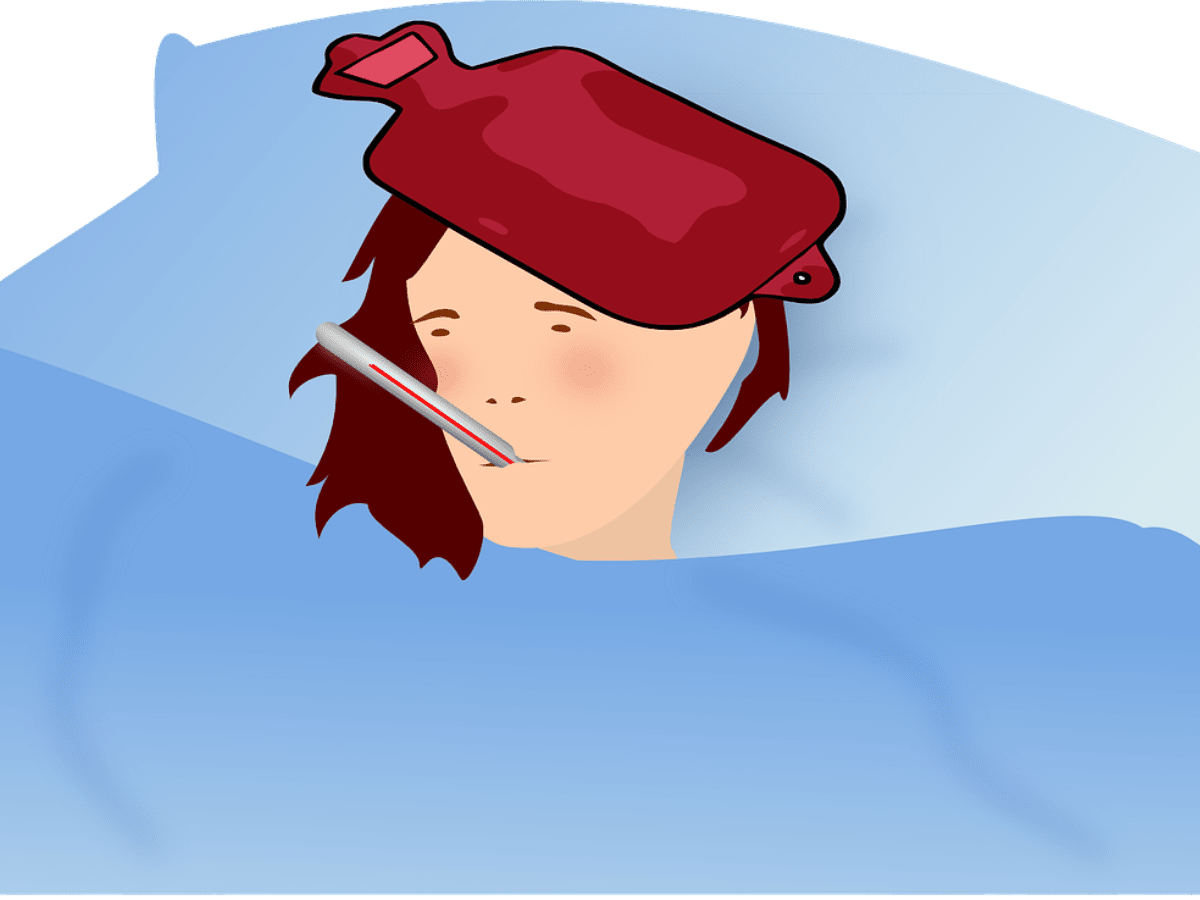
Hyderabad: The city is witnessing a surge in pneumonia and influenza cases with over 1,000 patients visiting government hospitals every day this month.
After a recent spike in conjunctivitis (eye infection) cases, many cases of respiratory infections are becoming a cause of concern. While dengue cases are declining, cases of viral pneumonia, with patients showing symptoms like cough, fever, chills and shortness of breath, are being reported at hospitals in Hyderabad.
Moreover, a few cases of bacterial pneumonia, where patients suffered severe cough and mucus filling up their lungs are also surfacing. The patients also complain of abdominal pain and vomiting, which requires hospitalisation and oxygen support.
Besides that, the government hospitals in Hyderabad have also witnessed a sharp rise in typhoid cases in the month of October.
A specialist from Niloufer Hospital, Dr Dishita Reddy, said that the maximum number of patients suffering from Pneumonia were from the Old City areas.
“Among the patients, 70 percent belong to Hyderabad and the rest are from other districts of Telangana. Currently, people are out for Dasara vacations. It is likely that the cases will rise further once they are back. There are nearly 1,000 cases visiting hospitals with complaints of pneumonia and influenza every day,” said the doctor.
Gandhi Hospital and Osmania General Hospital have also recorded a rise in pneumonia cases while the number of typhoid and dengue cases have considerably come down.
According to the officials from Gandhi Hospital, they witness 30-32 cases of pneumonia and typhoid on a daily basis. The number of dengue patients visiting the hospital have come down to 2-3 cases per day.
“There are approximately 50-60 patients visiting the hospital with typhoid every day, while the dengue cases are reducing considerably,” said another doctor from OGH.
According to the OGH doctors, water contamination is the root cause behind the surge in typhoid cases while people from economically weaker backgrounds are suffering the most.
Symptoms
Cough, fever, shortness of breath, rapid, shallow breathing, chest pain, and loss of appetite are initial symptoms of pneumonia.
“Usually, the symptoms start from 2-3 days after infection while the recovery time varies from patient to patient. Bacterial pneumonia takes way longer recovery time when compared to other infections. It takes around 4-21 days,” Dr Dishita explained.
Likewise, the symptoms of typhoid fever usually develop in 1 to 2 weeks after a person catches an infection. Headache, body aches, fatigue and vomiting are some of the symptoms of the food-borne infection.
No fatalities
“Though there is a steep rise in the overall cases, no deaths have been recorded at Niloufer Hospital so far. However, patients with sensitive lung health need ventilator support in a few cases,” emphasised Dr Dishita.
However, data on deaths at Gandhi Hospital and Osmania General Hospital was unavailable as officials remained tight-lipped.
Reasons for surge
Overcrowding and less physical activity are the major causes behind the rise in pneumonia cases. On the other hand, water contamination and junk food habits, especially during the winter season cause the rise in the number of typhoid and dengue cases.
“Malls in the city, where people gather in large numbers, have also contributed to the fast spread of the viral infections of pneumonia,” said Dr Dishita.
How to avoid getting infected
Avoiding outside food, especially during winter can prevent many infections. As per the health physicians, avoiding exposure to air conditions for longer hours may help.
Hygiene plays a major role in preventing infections. Washing hands and other exposed areas of their bodies immediately after returning from outdoors.
Since indoor air pollution is more harmful than outdoor air pollution, ‘indoor purifier plants’ which are now available in nurseries can be placed inside the houses to help reduce the air pollution.



